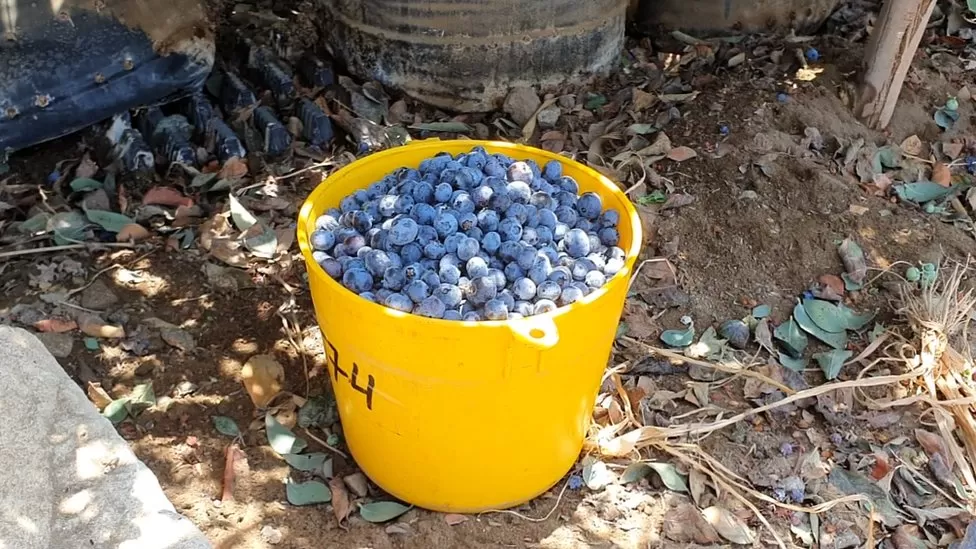“I arrived at this farm without knowing what a blueberry plant was,” Aurelio Ortiz says.
Mr Ortiz, an agricultural supervisor, is speaking as he supervises the harvest at Sunberries Field, a blueberry plantation in southern Peru.
This blueberry orchard is one of many that have sprouted up in the country’s flat, hot coastal region in South America. Peru went from having virtually no blueberry farms to becoming the world’s greatest exporter in less than a decade, thanks to an agricultural boom.
It’s a bright day, and six workers are scattered throughout the field, picking the rest of the blueberries that still cling to the plants. Long sleeves, caps, and headscarves are being worn by the workers to protect their skin from the burning sun.
Most of them had never heard of blueberries until a few years ago, when the fruit began to replace more traditional crops such as grapes, cotton, and asparagus.
“Ten years ago, we thought blueberries were impossible to grow here,” explains Alvaro Espinoza, the owner of Sunberries Field and an agricultural engineer.
He attempted to seek funding from Peruvian businesses at the time, but they declined, claiming that growing blueberries in Peru’s coastal heat was impossible. This is due to the plants’ need for a certain number of cold-weather days every year.
“‘Alvaro, you’re out of focus… do something else,’ they said.” But I didn’t,” Mr Espinoza continues.
After a decade, Peru is the world’s third greatest producer, trailing only China and the United States, and the leading exporter, with more than $1.36 billion (£1.09 billion) in blueberries sent worldwide last year.




